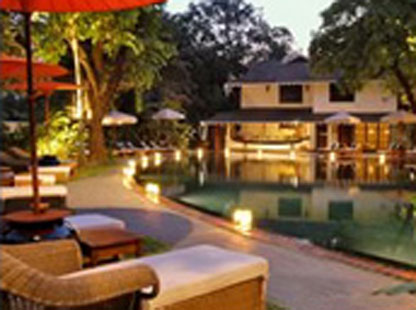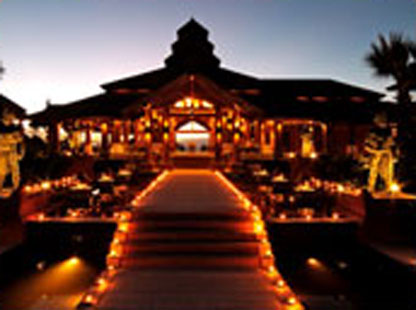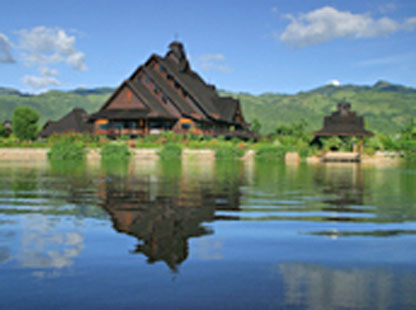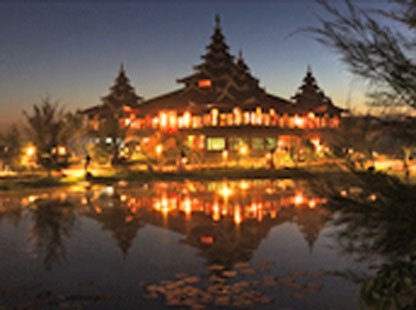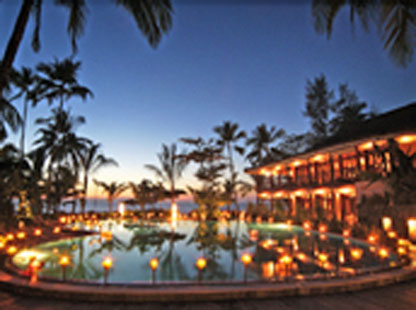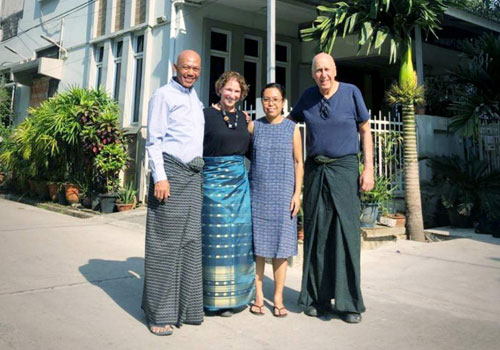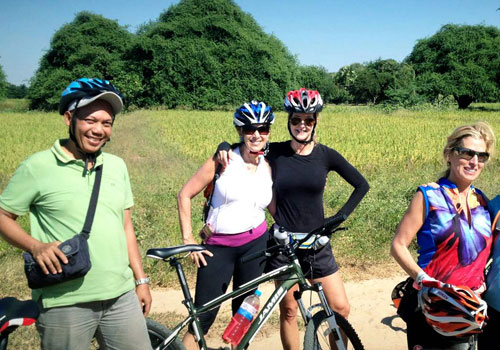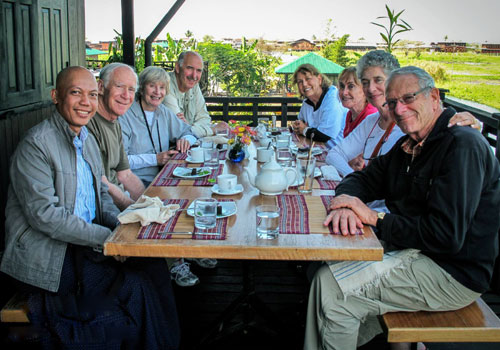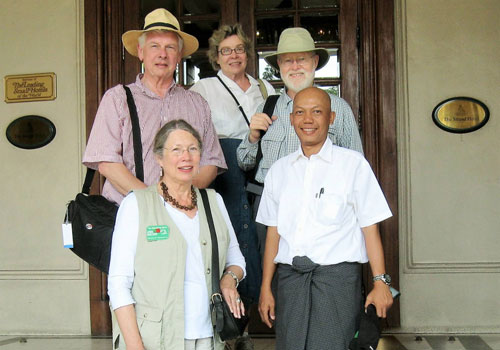About Myanmar
Myanmar is one of the most spectacular tourist destinations in Southeast Asia. After decades of isolation, Myanmar began opening its doors to tourists in the 1990's. Myanmar is in a time warp—the land where time stood still—compared to its next-door neighbor, Thailand. Some say it is like Asia some 50 years ago.
The tourism industry is still in its infancy—but your itinerary with Arcadia Travels Limited will include excellent guides, amazing sightseeing, and first class accommodations. Be one of the first to travel to this unique country, where the customs and traditions have not changed for centuries. Make it your next destination!
Formerly known as Burma, Myanmar hosts a diverse geography of central lowlands ringed by steep rugged highlands. Myanmar lies on the edge of the peninsula know as mainland Southeast Asia – what used to be called Indo-China – and is bordered by Bangladesh, India, China, Laos, Thailand and the Indian Ocean. It is the size of England and France combined, or of Texas. The country is divided into seven states and seven divisions. In each of the states one or more of the ethnic minorities of Myanmar predominates – such as the Shan, the Kachin, the Karen or the Karenni. The area of Myanmar where the Burmans (Bamar) predominate is divided into eight divisions – e.g. Rangoon Division, Pegu Division, Mandalay Division. The main rivers, Irrawaddy, Chindwin, Sittang and Salween, flow from the highlands of Asia to their deltas, supplying water and means of transportation. The northern tip of the country enjoys an alpine climate, while the central flatlands are semi-arid most the year. The borders are mountainous and have, historically, provided natural barriers against invaders – although over the centuries the Irrawaddy valley was invaded four times overland from present-day Yunan in China. There are three seasons in Myanmar: hot, from mid-February to May; rainy, from June to late September; and cold, from October to January. The climate is determined by the monsoon rains, which blow from land to sea for half the year, and then change their direction and blow from sea to land.
Since Myanmar is essentially the valley of a river system shut off from the outer world by mountains and sea, one would expect it to be the home of a unified people. However, this is not the case. There are at least ten major ethnic groups and a hundred sub-tribes, with Burmans making up nearly two-thirds of the population. Others include the Shan (the large minority), Karen, Karenni, Mon, Arakan, Kachin and Chin, who live mostly in the hills that encircle Central Burma. Chinese and Indians are also numerous, and are mostly concentrated in the big cities. Myanmar is the official language, but non-Burmans speak their own tongue as their first language. English is spoken mainly by the people with higher education. The chief religion is Theravada Buddhism, which is practiced by about 90 per cent of Burmans, Mons and Shans. Many of the Chin, Kachin, Karenni, Karen and a number of other minority peoples are Chirstians. Traces of animist belief persist in the religion of all these people. Buddhism in Myanmar makes place for the pre-Buddhist Nats, or nature spirits, thirty-seven of whom are in a sort of official pantheon. Hinduism and Islam also have followers, mainly in cities and in the Arakan State, which touches Bangladesh to the West. Myanmar is richly blessed with natural resources, including rubies, jade, fertile soil, virgin forests – especially teak – fish and a great variety of wildlife. The total population of Myanmar is fifty four million.








